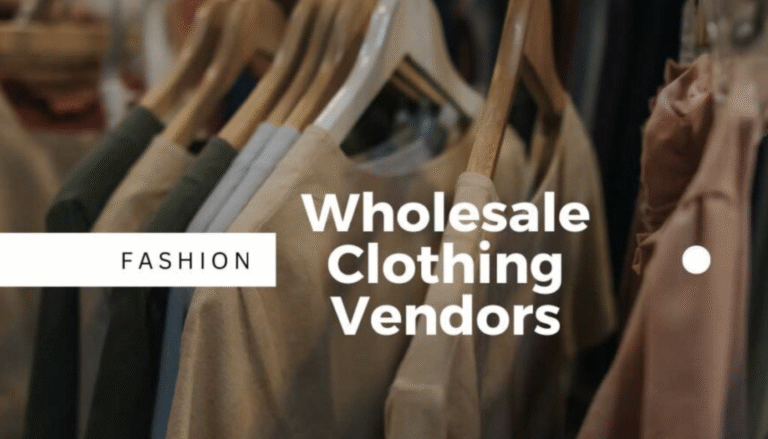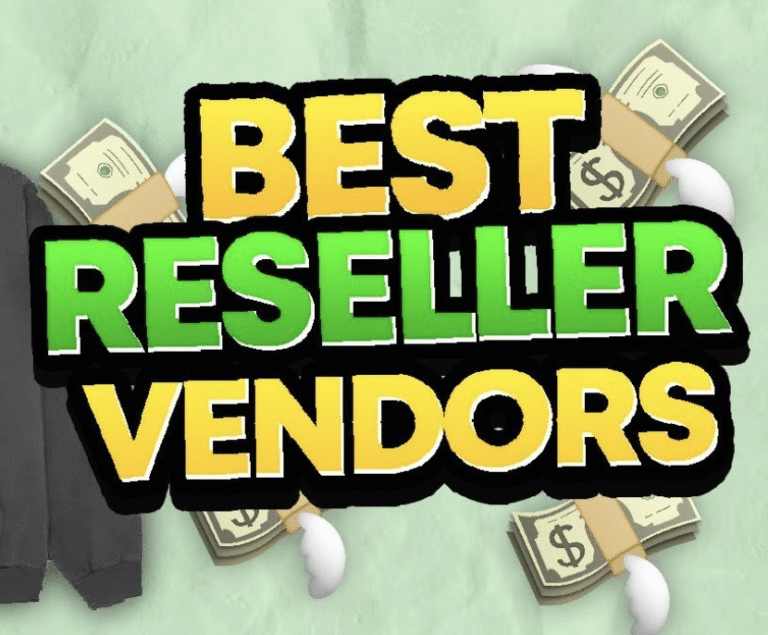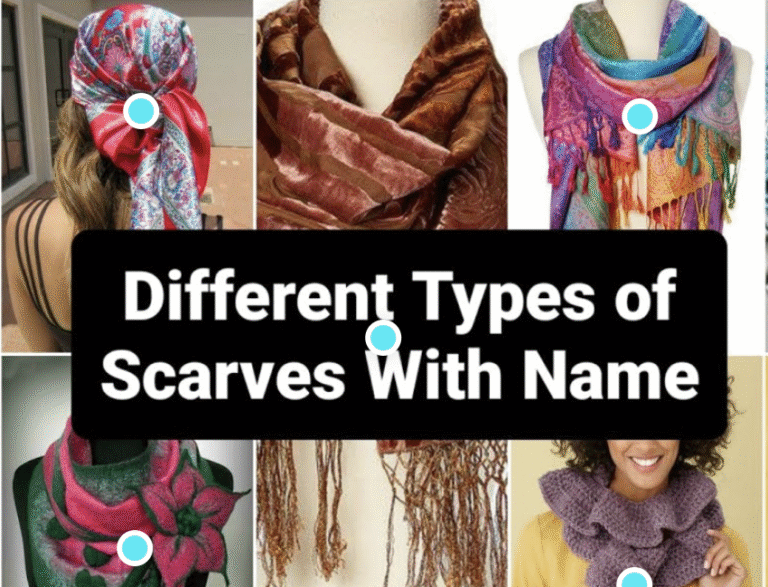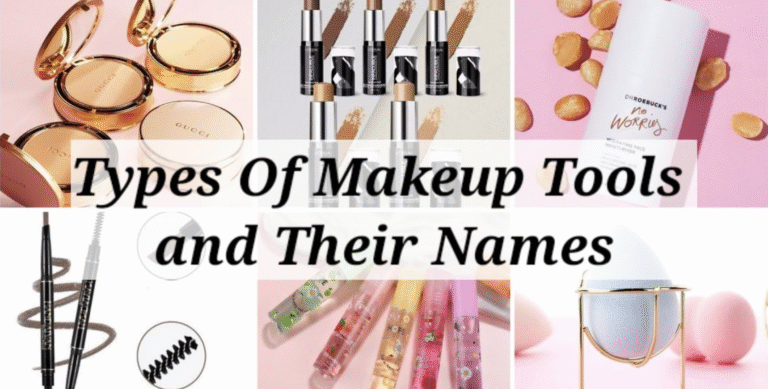China Kitchenware Wholesale: Best Suppliers, Tips & Buying Guide 2025
Thinking of starting or scaling your kitchenware business?
Then diving into the world of China kitchenware wholesale might be your smartest move yet. With thousands of factories, unmatched product variety, and rock-bottom pricing, China continues to dominate the global kitchenware market in 2025.
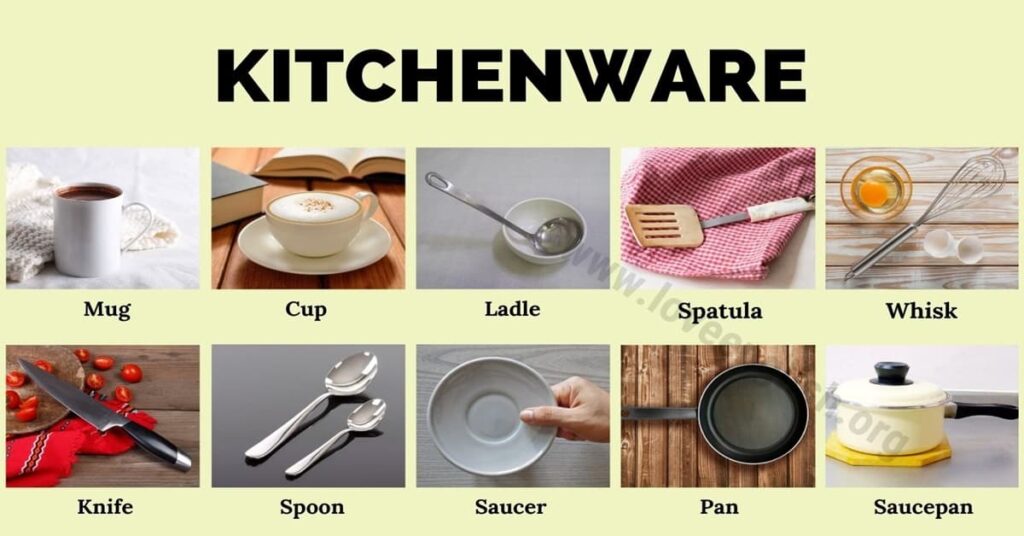
But here’s the catch: knowing where, how, and what to source is critical to making sure you don’t waste money or time.
This ultimate guide breaks it all down—helping you find the best suppliers, understand pricing, and source high-quality kitchenware like a pro.
Table of Contents
Introduction to China Kitchenware Wholesale
Why China Leads the Global Kitchenware Market
China has become the global powerhouse of kitchenware manufacturing for several good reasons. First, it has a massive industrial infrastructure with specialized zones like Guangdong, Zhejiang, and Jiangsu, where kitchenware factories are clustered. These regions specialize in everything from stainless steel cookware to bamboo spatulas.
Secondly, China benefits from economies of scale. With massive production capabilities and skilled labor, Chinese factories can produce kitchenware in bulk at significantly lower costs than factories in Europe or North America.
Lastly, China has improved drastically in terms of product quality, compliance with global safety standards, and innovation in kitchenware design. Whether you’re looking for OEM (Original Equipment Manufacturer) options or white-label solutions, China delivers.
Scope of Kitchenware Products You Can Source
The variety available through China kitchenware wholesale is staggering. You can source nearly every type of product imaginable:
- Cookware: pots, pans, skillets, woks, pressure cookers
- Tableware: plates, bowls, serving trays, cutlery
- Utensils: spatulas, ladles, tongs, whisks
- Storage: food containers, jars, spice racks
- Gadgets: garlic presses, vegetable choppers, peelers
- Eco-products: bamboo straws, wooden spoons, reusable wraps
This range gives you the flexibility to build a niche kitchenware brand or a general store with all the essentials.
Benefits of Sourcing Kitchenware from China
Competitive Pricing and Cost-Effectiveness
One of the biggest attractions of sourcing kitchenware from China is low manufacturing cost. Even after shipping and import duties, you often end up paying 30–70% less than buying from local suppliers. This margin allows for better profits or more competitive pricing on your end.
Here’s a pricing comparison:
| Product | Local Retail Cost (USA) | China Wholesale Price (FOB) |
|---|---|---|
| Stainless Steel Pan | $25 | $6–$9 |
| Silicone Spatula Set | $15 | $3–$5 |
| Bamboo Cutting Board | $18 | $4–$6 |
The difference is clear—and huge for businesses operating at scale.
High Variety and Customization Options
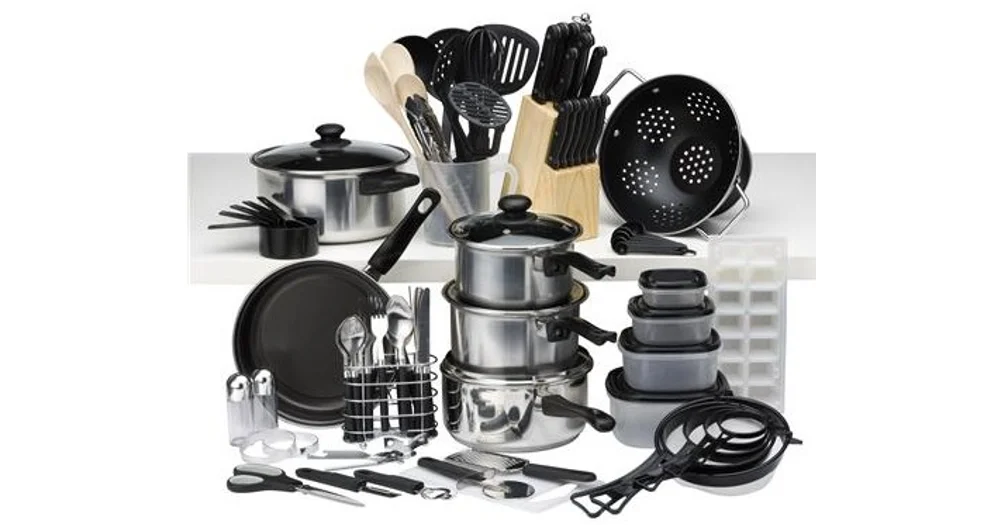
Need a pink silicone spatula with your brand logo? Or a gold-handled knife set with custom packaging? Chinese factories thrive on flexibility and customization. Whether you want to:
- Add a logo (private label)
- Customize product color or size
- Design new molds
- Create eco-friendly packaging
Manufacturers in China can accommodate those needs—often with low additional costs if your order meets their MOQ (Minimum Order Quantity).
Mass Production and Scalability
Starting small? No problem. Planning to scale big? Even better. Chinese suppliers are equipped to handle both low-volume trial orders and massive container loads once your business grows.
With production hubs geared toward export, many factories offer:
- Production capacity scalability
- Regular updates on production schedules
- Bulk pricing incentives
- Seamless logistics integration
This means you can grow confidently, knowing your supplier can handle increased demand.
Most Popular Kitchenware Items from China
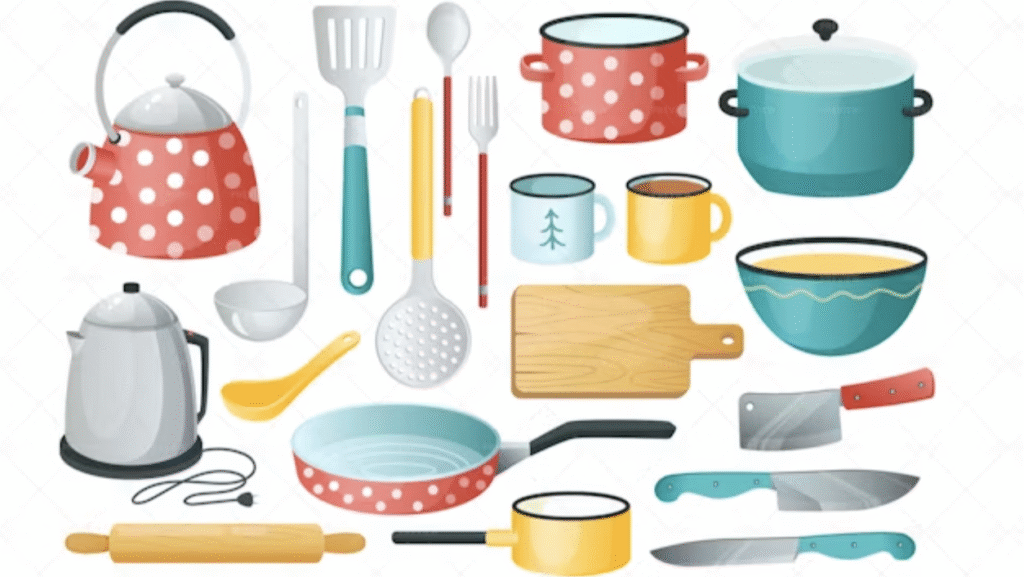
Stainless Steel and Aluminum Cookware
Chinese manufacturers produce high-quality stainless steel pots, pans, and kettles that are durable, heat-efficient, and often export-certified. Many are compliant with:
- FDA (U.S.)
- LFGB (EU)
- ISO standards
Popular options include:
- Non-stick frying pans
- Multi-layer saucepans
- Pressure cookers
- Stockpots with lids
Brands like Supor and Cooker King offer OEM services through trusted suppliers.
Silicone and Plastic Kitchen Tools
Silicone is booming in the kitchenware world due to its flexibility, heat resistance, and eco-appeal. China leads the production of:
- Baking mats
- Oven mitts
- Utensil sets
- Ice cube trays
- Measuring cups
Plastic kitchen tools—especially BPA-free and food-grade certified products—are widely available with options to customize shapes and colors.
Eco-Friendly Bamboo & Wooden Utensils
As sustainability becomes a top priority, buyers are turning to bamboo kitchenware. China is one of the largest producers of:
- Bamboo cutting boards
- Wooden spatulas and spoons
- Eco-friendly trays
- Bamboo serving dishes
These products often come from Anji County, known as the “Bamboo Capital” of China, and are available with full biodegradable packaging and certifications.
Where to Find Reliable China Kitchenware Suppliers
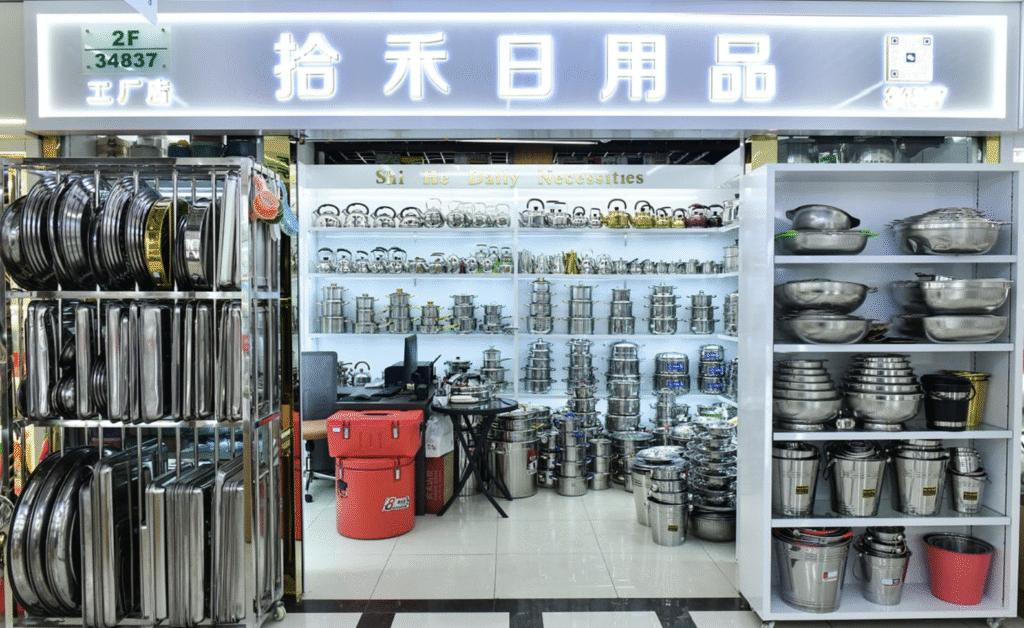
Online B2B Marketplaces (Alibaba, Made-in-China)
One of the easiest ways to connect with verified kitchenware manufacturers is through trusted online B2B platforms. These platforms offer filters to help you find suppliers by:
- Location
- Years in business
- Certification (ISO, FDA, LFGB)
- MOQ and pricing
Top Platforms to Use:
- Alibaba.com – The largest marketplace for wholesale goods, offering Trade Assurance and supplier verification badges.
- Made-in-China.com – Ideal for product-specific sourcing like cookware, utensils, and kitchen gadgets.
- GlobalSources.com – Great for high-volume sourcing and electronics-integrated kitchen tools.
These platforms allow you to compare quotes, chat with suppliers, and even request samples before making a decision.
Trade Shows and Exhibitions
Attending trade fairs in China gives you a real-world advantage in finding top kitchenware suppliers. It allows you to touch products, negotiate in person, and build long-term relationships.
Must-Attend Kitchenware Trade Shows:
| Trade Show | Location | Best For |
|---|---|---|
| Canton Fair | Guangzhou | General kitchenware, cookware, gadgets |
| HKTDC Houseware Fair | Hong Kong | Premium and innovative kitchen products |
| China (Yangjiang) Intl. Hardware & Kitchenware Fair | Yangjiang | Knife sets, tools, utensils |
Pro Tip: If you can’t attend in person, many of these events offer virtual booths or partner with sourcing agents like Simoosourcing to represent you.
Sourcing Agents and Local Offices
Hiring a sourcing agent based in China can help you:
- Navigate supplier vetting
- Negotiate pricing and MOQs
- Conduct factory visits
- Manage quality control
- Handle logistics and customs
One such trusted name is Simoosourcing, a dedicated sourcing agency that helps international businesses find reliable kitchenware suppliers, negotiate better prices, and ensure product quality from start to finish.
How to Verify Kitchenware Suppliers in China
Key Metrics to Evaluate Suppliers
To avoid common pitfalls in China kitchenware wholesale, here’s a quick checklist of things to examine before placing your order:
| Metric | What to Look For |
|---|---|
| Company History | 3+ years in business on the platform |
| Product Catalog | Relevant, diverse, and up-to-date |
| Certifications | FDA, LFGB, SGS, ISO 9001 |
| Export Regions | Experience with your country’s standards |
| Customer Reviews | Positive feedback, real photos |
| Transaction Volume | $10,000+ monthly preferred |
Don’t hesitate to ask for documentation. Real suppliers are happy to share test results, certifications, and business licenses.
Questions to Ask Before Placing an Order
When you’re in discussions with a supplier, your goal is to gather information and filter out red flags. Here are must-ask questions:
- What is your MOQ for this product?
- Do you offer Trade Assurance or PayPal?
- Can you send a sample? How long will it take?
- Do you provide FDA/LFGB/ISO certifications?
- What’s the lead time for production?
- What are your payment terms?
- Can you do custom packaging/logo?
- What quality inspection procedures do you follow?
Getting clear answers to these will not only give you peace of mind, but also protect your business from avoidable risks.
Minimum Order Quantity (MOQ) and Pricing
MOQ Expectations Based on Product Types
In China kitchenware wholesale, MOQ can vary significantly depending on the material, customization level, and supplier capacity.
Typical MOQ Ranges:
| Product | MOQ |
|---|---|
| Stainless Steel Cookware | 300–500 pcs |
| Silicone Utensils | 500–1000 pcs |
| Bamboo Products | 200–500 pcs |
| Plastic Kitchen Tools | 1000 pcs |
| Glassware | 500–800 pcs |
Pro Tip: Some suppliers allow trial orders with smaller quantities (even 50–100 units) for new buyers or sample testing. Don’t be afraid to ask.
Negotiating Better Deals with Suppliers
While MOQ and pricing may seem rigid at first, there’s always room for negotiation—especially if you:
- Order multiple product types
- Commit to long-term collaboration
- Can offer upfront payment
- Use a professional sourcing agent
Always compare 3–5 suppliers for the same product to get a sense of average pricing. Avoid choosing the lowest bidder blindly; balance price, quality, and communication.
Customization and Branding Options
Private Label Opportunities
One of the biggest reasons buyers choose China is the ease of creating private label kitchenware. Most factories will customize:
- Product logo (laser engraving, screen printing)
- Packaging (boxes, inserts, manuals)
- Barcodes and labels
- Product design (color, material, handle type)
Private labeling is ideal if you’re planning to sell on Amazon FBA, Shopify, or through physical stores.
Custom Molds and Design Options
If you want something 100% unique, Chinese manufacturers can create custom molds. Though the mold fee can range from $300 to $2000, it’s a one-time investment that allows you to offer an exclusive product.
Great for:
- Custom-designed knife sets
- Innovative kitchen gadgets
- Unbranded utensils tailored to your brand aesthetic
Working with Simoosourcing or a product development consultant can streamline this process.
Quality Control in Kitchenware Wholesale
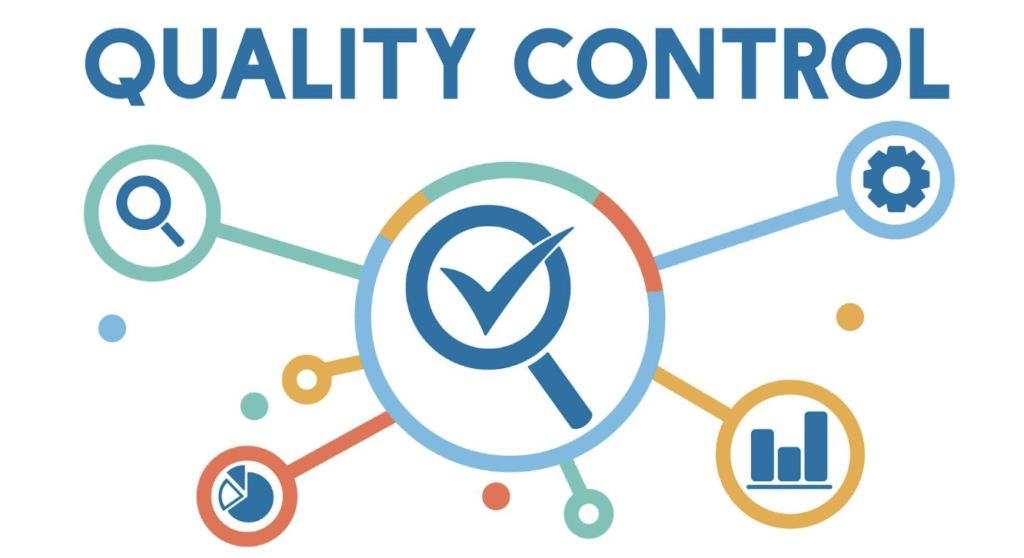
Importance of Pre-Shipment Inspections
One of the biggest mistakes new buyers make when sourcing kitchenware from China is skipping quality control. Even with a reliable supplier, factory mistakes happen. That’s why a pre-shipment inspection is a must.
What’s Checked During a Quality Inspection:
- Product specifications (size, color, material)
- Finishing (scratches, dents, discoloration)
- Logo placement and printing accuracy
- Functionality (e.g., does the lid fit properly?)
- Quantity verification
- Packaging condition and labeling
There are several third-party inspection services like QIMA, SGS, or you can coordinate inspections through sourcing agents like Simoosourcing who know what to look for.
Skipping this step can cost you big—especially if you’re selling to consumers who expect quality and consistency.
Certifications to Look for (FDA, LFGB, ISO)
When importing kitchenware, certifications aren’t just nice to have—they’re often a legal requirement. Make sure your suppliers can provide the following based on your market:
| Certification | Region | Product Type |
|---|---|---|
| FDA | USA | Food-contact items (silicone, plastic, stainless steel) |
| LFGB | Europe (EU) | All food-contact materials |
| ISO 9001 | Global | General quality management |
| BSCI/SEDEX | Global | Ethical factory audits |
| SGS/Intertek Reports | Global | Independent testing reports |
Always request PDF copies of certifications and verify their authenticity with the issuing body. Fake certificates are unfortunately common with lower-tier suppliers.
Packaging, Shipping, and Logistics
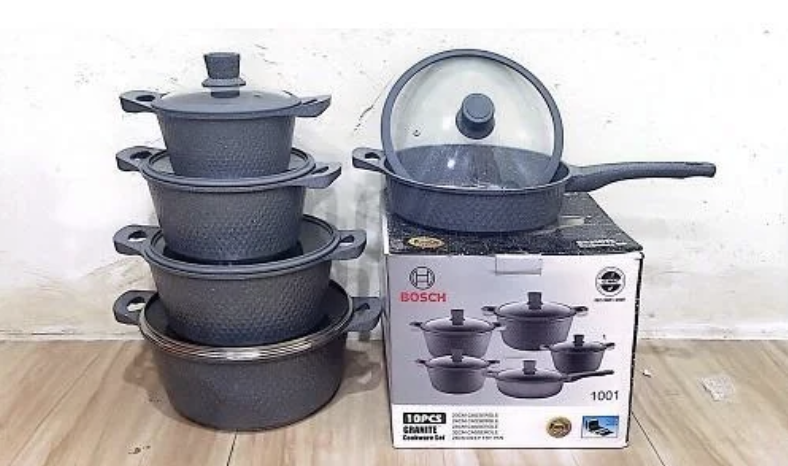
Common Packaging Standards
Packaging plays two key roles: product protection and brand presentation. Depending on your needs and the product type, you can choose from:
- Bulk packaging (for cheaper freight)
- Individual polybags (for dropshipping or FBA)
- Gift boxes with custom inserts
- Recyclable, eco-friendly materials
You can also request suppliers to:
- Add barcodes or QR codes
- Include instruction manuals
- Apply fragile stickers and handling labels
Discuss packaging early in your communication to avoid last-minute delays.
Freight Options and Lead Times
Shipping kitchenware from China requires understanding your freight options and how they affect cost and time. Here’s a quick overview:
| Shipping Method | Ideal For | Lead Time | Cost |
|---|---|---|---|
| Air Freight | Small urgent orders | 5–10 days | High |
| Sea Freight (LCL) | Small to medium shipments | 25–35 days | Medium |
| Sea Freight (FCL) | Full containers | 25–40 days | Lowest/unit |
| Express Courier (DHL/UPS) | Samples or small quantities | 3–7 days | Very High |
Pro Tip: Use a freight forwarder to manage customs, clearance, and delivery. Agents like Simoosourcing often have preferred shipping partners for better rates and reliability.
Import Duties, Taxes, and Documentation
Customs Requirements by Country
Every country has its own rules for importing kitchenware. If you skip compliance, your products might get delayed or rejected at customs. Here’s what you need to know:
- USA: FDA compliance, HTS code for import classification
- EU: LFGB certification, CE mark (if applicable)
- Canada/Australia: Product labeling and food-safe material declarations
Always research your local customs regulations and check with a customs broker if you’re unsure.
Essential Import Documents for Kitchenware
When importing from China, you or your agent will need to provide:
- Commercial Invoice
- Packing List
- Bill of Lading (or Air Waybill)
- Certificate of Origin
- Test Reports / Compliance Certificates
- Import License (if applicable)
A mistake in your documentation can result in hefty fines or shipment delays, so double-check everything before your goods leave port.
Risks and Challenges of Sourcing from China
Common Issues and How to Avoid Them
Like any supply chain, importing from China isn’t risk-free. Here are some common problems and how to prevent them:
- Late Deliveries
Solution: Set penalties in your purchase contract and use sourcing agents to push timelines. - Wrong or Defective Products
Solution: Conduct sample testing and pre-shipment inspections. - Fake Suppliers or Fraud
Solution: Only work with Trade Assurance suppliers or go through verified sourcing platforms. - Hidden Costs
Solution: Get full quotations (EXW, FOB, CIF) including packaging, shipping, and duties. - IP Theft
Solution: Register your brand and product designs in China (use a lawyer or sourcing agent).
Legal Tips and Intellectual Property Protection
If you’re developing a custom kitchenware design, protect your investment:
- Register your trademark in China.
- Apply for patent or design protection (utility or design patents).
- Use NDA agreements with suppliers before sharing prototypes or blueprints.
Partnering with an agent like Simoosourcing helps you navigate Chinese business law and keeps your ideas safe.
Using Simoosourcing as Your Sourcing Agent in China
What Simoosourcing Offers for Kitchenware Buyers
Simoosourcing is a professional sourcing company based in China that helps international buyers source kitchenware products quickly, affordably, and safely. Their team provides end-to-end services such as:
- Supplier sourcing and factory verification
- Price negotiation and MOQ reduction
- Product sampling and quality control
- Logistics, shipping, and customs management
- Branding, private labeling, and packaging design
Whether you’re an Amazon seller, Shopify store owner, or wholesaler, Simoosourcing can streamline your sourcing process and lower your risks.
Why Businesses Trust Simoosourcing
Here’s what makes Simoosourcing stand out in the China kitchenware wholesale space:
- Based in major manufacturing hubs (Guangdong, Zhejiang)
- Fluent in English and Mandarin
- Years of experience with food-grade products
- Access to verified factories and bulk rates
- Transparent pricing, reporting, and communication
Visit Simoosourcing.com to start sourcing with a team that understands your business.
Success Stories and Case Studies
Kitchenware Brand Launched via China Wholesale
Let’s look at a real-world success story that demonstrates the power of sourcing from China.
Case Study: Bamboo Kitchen Co. – USA-based Brand
Background:
An eCommerce entrepreneur wanted to launch a sustainable kitchenware brand focused on eco-friendly bamboo products. He sourced cutting boards, utensil sets, and dish racks from verified suppliers in Anji County, China—a region well-known for its bamboo craftsmanship.
Process:
- Used Simoosourcing to identify three shortlisted suppliers
- Ordered product samples and conducted a quality inspection
- Negotiated MOQs of just 200 units per item
- Added custom laser engraving and packaging for branding
- Used sea freight to import over 2,000 units
Results:
- 60% lower product cost vs local U.S. wholesalers
- Amazon sales exceeded $50,000/month within 90 days
- Return rate under 1.5%, with thousands of 5-star reviews
This highlights how China kitchenware wholesale can power profitable and sustainable brand launches when done correctly.
Cost Savings and Profit Margin Examples
To understand just how impactful sourcing from China can be for your bottom line, let’s look at some margin breakdowns:
| Product | China FOB Cost | Landed Cost (incl. shipping & tax) | Retail Price | Gross Margin |
|---|---|---|---|---|
| Silicone Baking Mat | $1.20 | $2.10 | $12.99 | 83% |
| Stainless Steel Knife Set | $6.00 | $8.75 | $49.99 | 82% |
| Bamboo Utensil Set | $2.30 | $3.80 | $19.99 | 81% |
Key Takeaway:
With the right product selection and supplier strategy, you can achieve profit margins of 70–85%, even after shipping, duties, and Amazon fees (if applicable).
Final Tips for First-Time Kitchenware Importers
Starting a kitchenware brand by sourcing from China is exciting, but it can feel overwhelming at first. Here are some final tips to help you get started on the right foot:
- Start Small but Think Big
Test a few products with a low MOQ, then scale once you’ve validated market demand. - Use Samples to Test Market Fit
Offer pre-launch samples to influencers or test them with paid ads before committing to bulk orders. - Document Everything
Save chats, quotes, and payment receipts. Use written purchase agreements when possible. - Don’t Rush Into the Cheapest Option
Quality and communication matter just as much as price. A bad supplier can cost more in returns, refunds, and brand damage. - Use a Sourcing Agent If You’re Unsure
If it’s your first time importing, a professional like Simoosourcing can prevent mistakes and handle everything for you. - Stay Updated With Regulations
Ensure your products meet local food safety laws, especially if you’re importing to the U.S., Canada, UK, EU, or Australia. - Leverage SEO to Sell Your Products
Once you’ve sourced your inventory, build an optimized website and list on marketplaces like Amazon and eBay to drive traffic and sales.
Conclusion and Call to Action
Whether you’re a startup, dropshipper, or seasoned wholesaler, China kitchenware wholesale opens the doors to a world of opportunities. With unbeatable pricing, endless customization, and manufacturing scalability, it’s one of the smartest ways to build a competitive kitchenware brand in 2025.
But success in sourcing comes down to doing your homework—verifying suppliers, conducting quality checks, and understanding the logistics.
And if you need help navigating this complex landscape, look no further than Simoosourcing. Their team of experienced sourcing agents in China will help you:
- Find the right supplier
- Inspect your products
- Customize your brand
- Ship and clear customs
- Save time, money, and stress
Start your sourcing journey with confidence—visit Simoosourcing.com and request a free consultation today.
FAQs About China Kitchenware Wholesale
1. Is it safe to import kitchenware from China?
Yes, if you work with verified suppliers, use Trade Assurance, and conduct quality inspections, sourcing kitchenware from China is very safe.
2. What’s the average delivery time?
- Samples: 5–10 days via DHL/FedEx
- Bulk orders by air: 7–14 days
- By sea (LCL or FCL): 25–40 days depending on your location
3. Can I order small quantities?
Some suppliers allow low MOQs (100–200 units), especially for first-time buyers or if you’re working with a sourcing agent. Others may require higher volumes.
4. How do I ensure quality and safety?
- Always order samples
- Work with suppliers that provide FDA, LFGB, or ISO certifications
- Hire an inspection service or use Simoosourcing to check quality before shipping
5. What’s the best way to find suppliers?
- Use B2B platforms like Alibaba, Made-in-China
- Attend trade fairs (virtually or in person)
- Hire a sourcing agent like Simoosourcing for full support

